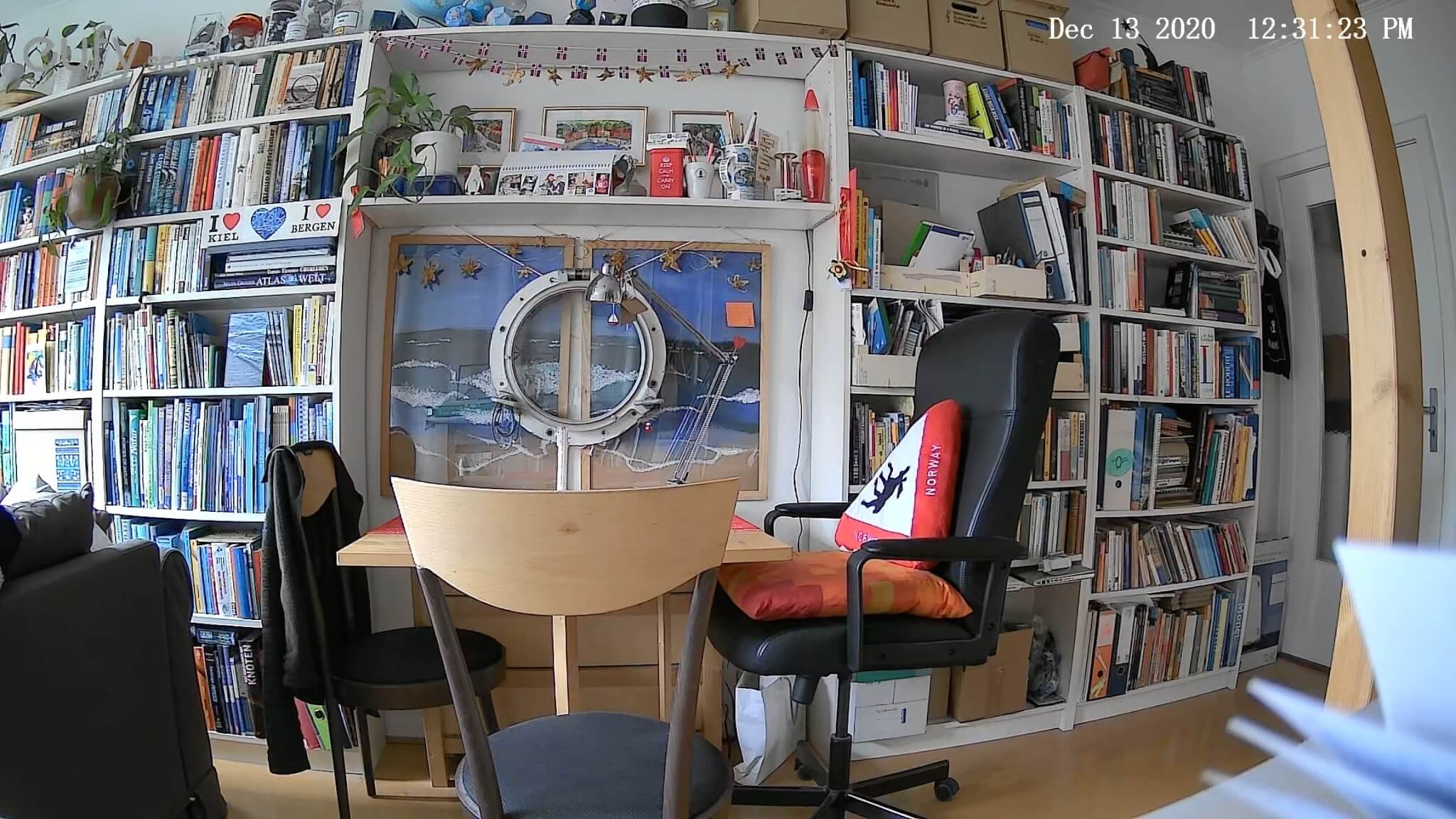
Academic development as “collaborative knotworking” (currently reading Elmberger et al., 2020)
Today I came across the metaphor of “collaborative knotworking” for academic development. I think it is really helpful to think about this in the context of the “returning home problem” (or more recently, the “returner problem“): Despite sometimes enthusiastic responses during academic development workshops, these most often do not translate into changed teaching practices. There are many reasons for that, including that “being able” and “being willing” are in general two very different things, but then also that transfer is always difficult, that listening to something that sounds reasonable in the moment isn’t the same as actual learning, that there is sometimes a lot of resistance against changes in the system. And then that change, and here I am thinking about learning and academic development, is not linear and that there are many more actors at play than “just” the teacher who should now use a new method.
In Elmberger et al. (2020), they explore the tug and pull of academic development using the metaphor of “knotworking” for the negotiations, reconceptualisations, reconceiliations of the different ropes of interacting systems of academic development and teaching, which are being pulled in different directions, tightening and loosening, untied and redone. Both in the academic development system and in the teaching system that are working on a knot together, there are tools that are used, rules that people (are supposed to) play by, people that influence each other, division of labour, all resulting in varying tensions on the rope. And these two systems come together around a specific purpose that might look differently from different perspectives, e.g. integrating co-creation from the academic developers’ side vs keeping the business running without burning out or encountering too much resistance from the teachers’. So there is tugging and pulling, both within each of the systems as well as between them, with effects on the knot, the topic, that connects them.
From undestanding academic development as such knotwork, the authors come up with several recommendations:
- It is helpful to expect, and to plan for, iterative work without a fixed endpoint. So the idea that a one-off workshop or effort will lead to change is probably not realistic
- It is also important to involve decisionmakers, communicate and acquire mandate, share decision-making, responsibility and ownership, so that there isn’t a sudden and unforseen tug in one of the systems when someone feels they should have been involved, feel blindsided, and are now putting their foot down
- It is good to (expect to) test and adjust, consider reactions when things are tested “in the field”, collaborate throughout the implementation phase, and allow for flexible adaptations of the innovation
Of course, these recommendations are meant for the long-term work, but even for academic development workshops, I think this metaphor can be helpful. If we understand the process of changing teaching practices in this way, our workshops can include some pulling and tugging from all sides already, provide a space for testing arguments and reactions, for negotiating how things might be adapted to different contexts, for imagining how bosses or colleagues or students might react and how to meet their reactions. And maybe I am taking this metaphor too far now, but in sailing, knots have to be easy to do, hold under pressure, and be easy to release. That means that there is a lot of effort put into learning to do the right knots for the right purpose, but also to protect the ropes and knots from sudden jerking or too much sudden slack, to regularly check on both the ropes, the knots, but also the other end of the ropes where they are tied to the boat or anchor or pier or sail or whatever. If we expect to put the same effort into academic development, both into the direct interaction in workshops but also into figuring out how things will be received in the other system and how to facilitate and support that, rather than just doing a quick knot and walk away forever, maybe that is a better approach to the collaboration?
Featured image: What my phone finds on my camera roll when I am searching for “knot”. There is a book with “Knoten” on its back in this view of a screenshot of my security camera of the place I lived in in 2020! But since I love that place and I am also really freaked out how closely the pictures on my phone are analysed without me being aware, we’ll go with that one and none of the other 328 results (there are a lots of ropes involved in sailing, playgrounds, depth-freediving, …!)
Elmberger, Agnes, Erik Björck, Juha Nieminen, Matilda Liljedahl, and Klara Bolander Laksov. “Collaborative knotworking–transforming clinical teaching practice through faculty development.” BMC Medical Education 20 (2020): 1-11.
More reading about mattering and care in higher education, inspired by the work of Gravett, Kinchin and others - Adventures in Oceanography and Teaching says:
[…] values entangled in the real world’s circumstances and its responses (I really liked the metaphor of “knotworking” to describe the process of development impacted by, and resisting, changing pulls from all […]
The "returner problem" in academic development (currently reading: Bolander Laksov, 2024) - Adventures in Oceanography and Teaching says:
[…] and working on continuous incremental change rather than isolated events (think about the collaborative knotworking here). All of this can be supported by “pedagogic leadership” from people in legitimate […]